With summer officially here, it’s prime time to head outdoors and explore the natural side of Southeast Michigan. We recently welcomed the Michigan Natural Resources Trust Fund Board and Michigan Department of Natural Resources (DNR) Grant Coordinators on a tour of parks and conservation land in the Monroe and Downriver area. It was a great opportunity to experience some of the region’s unique natural places while highlighting the benefits they provide to our communities and the investments and partnerships that support them.
Destinations on the tour included Michigan’s first county park, the State’s newest state game area, and a visit to North America’s only International Wildlife Refuge along the way. The region’s rich history and cultural significance also connected the dots between many of these assets – from sites that interpret the War of 1812 to the reimagining of our post-industrial landscapes more than 200 years later. Learn more about each tour stop below, and find your next outdoor experience by visiting Southeast Michigan ParkFinder®!
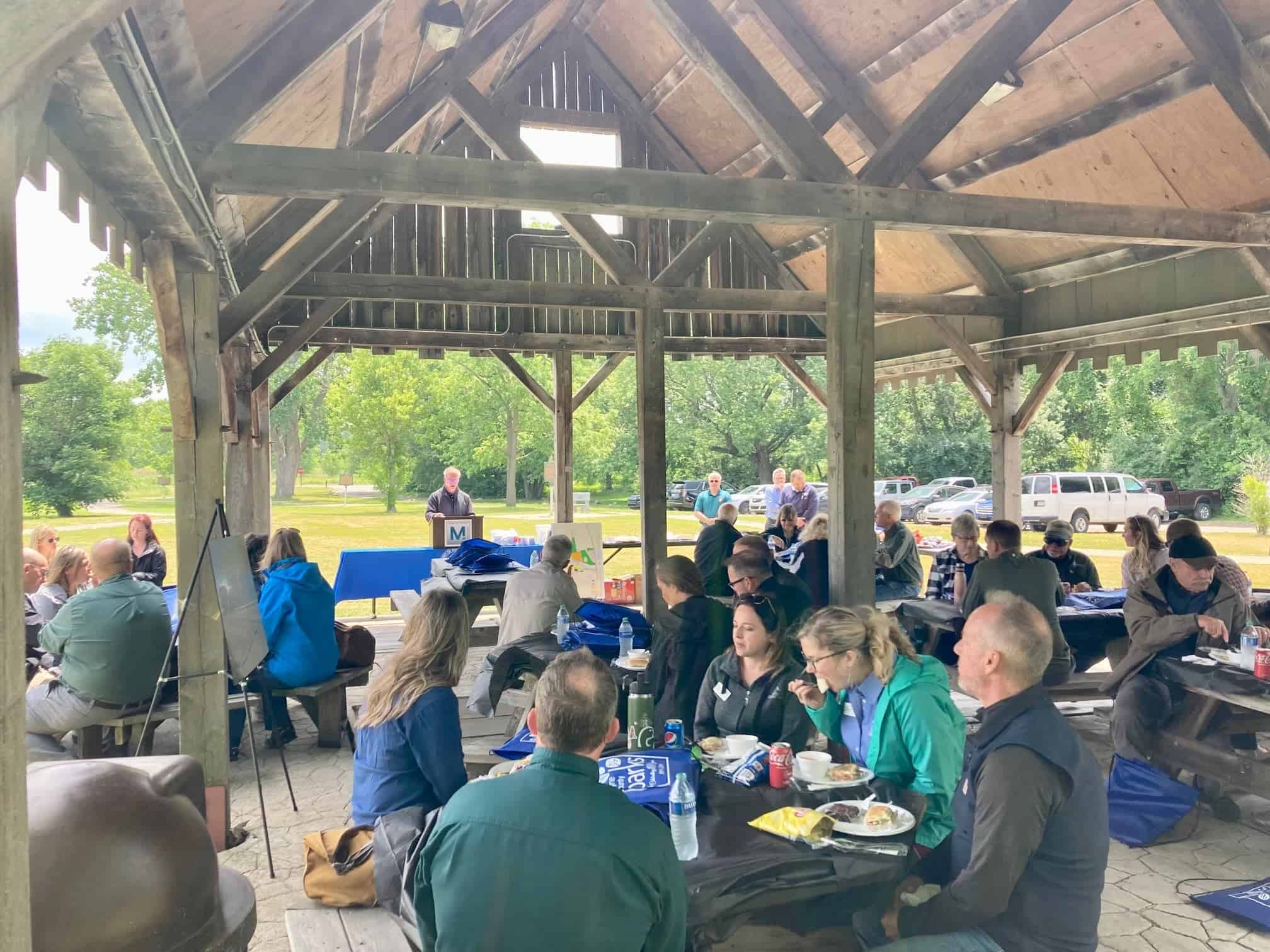
River Raisin National Battlefield Park – Located in the City of Monroe, the River Raisin National Battlefield Park exists to research, acquire, restore, preserve, and interpret resources relating to the Battles of the River Raisin and their aftermath in Monroe and Wayne Counties. With nearly $11 million invested by the State of Michigan, over $18.6 million in additional investment has been leveraged from 199 different organizations. Today, the park is visited by more than 250,000 people annually from all over the world. In 2022, the park contributed between $10.1 and $14.3 million in economic benefit to the community.

Crystal Waters State Game Area – Located in Monroe County’s London Township, Crystal Waters State Game Area was recently acquired by the DNR and opened to users in 2021. The $3.675 million land transaction was made possible with funding from the Michigan Natural Resources Trust Fund and Michigan United Conservation Clubs. The 680-acre site provides access to high-quality natural resources, with seven inland water bodies and six miles of hiking trails. It supports deer, turkey, and waterfowl hunting and grassland habitat is being restored for pheasant hunting.
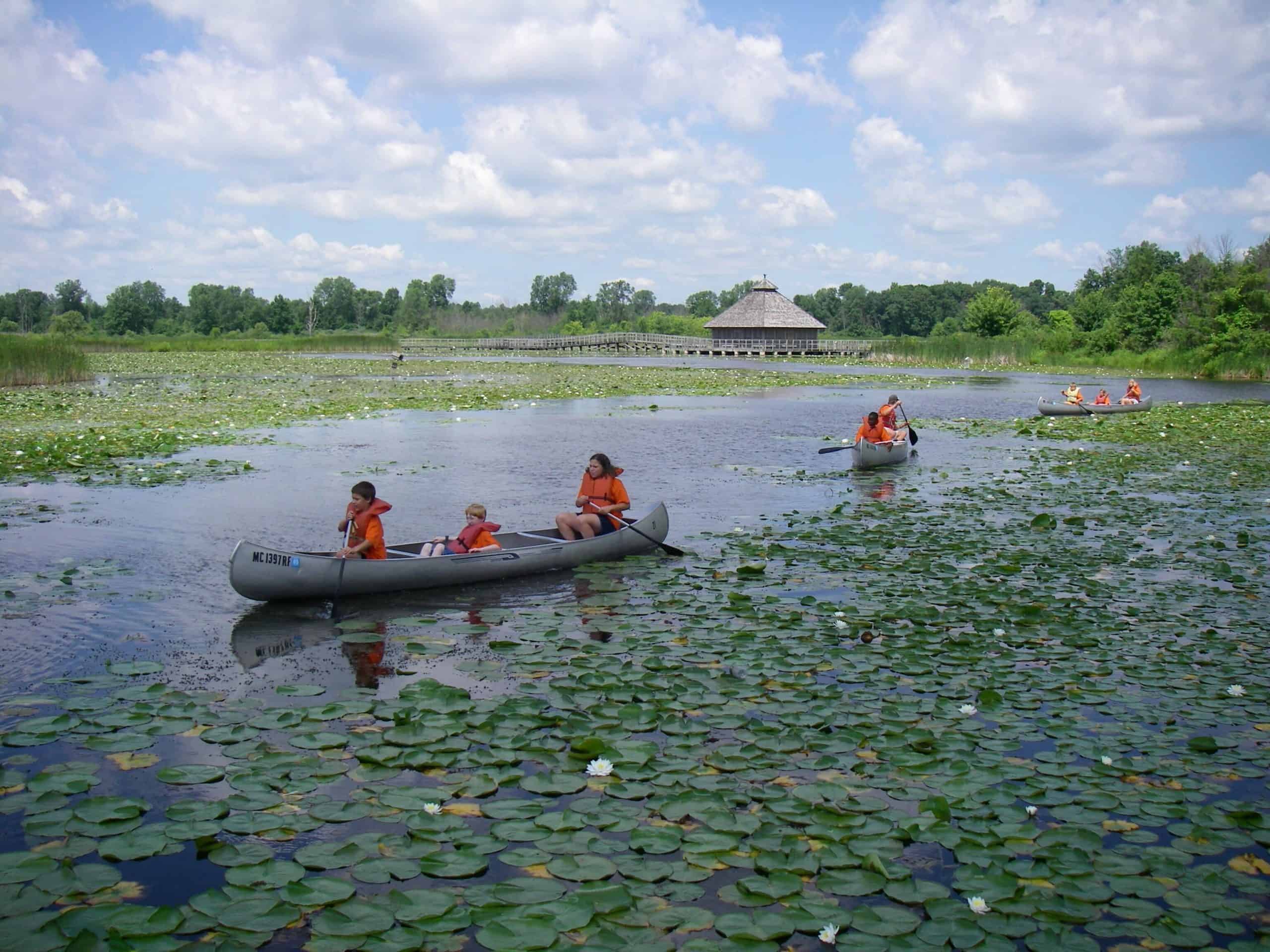
Crosswinds Marsh Wetland Preserve – Located near New Boston in Sumpter Township, Crosswinds Marsh was originally created as recompense for wetland impacts during the expansion of Detroit Metropolitan Wayne County Airport. After 25 years, the award-winning preserve offers 1,050 acres for Wayne County residents and visitors to observe a variety of flora and fauna in their natural surroundings. Crosswinds Marsh provides recreational, educational, and interpretive opportunities that include more than five miles of hiking trails, canoeing, bird watching, horseback riding, and one of the region’s most popular fishing sites due to its sustainable fishery.
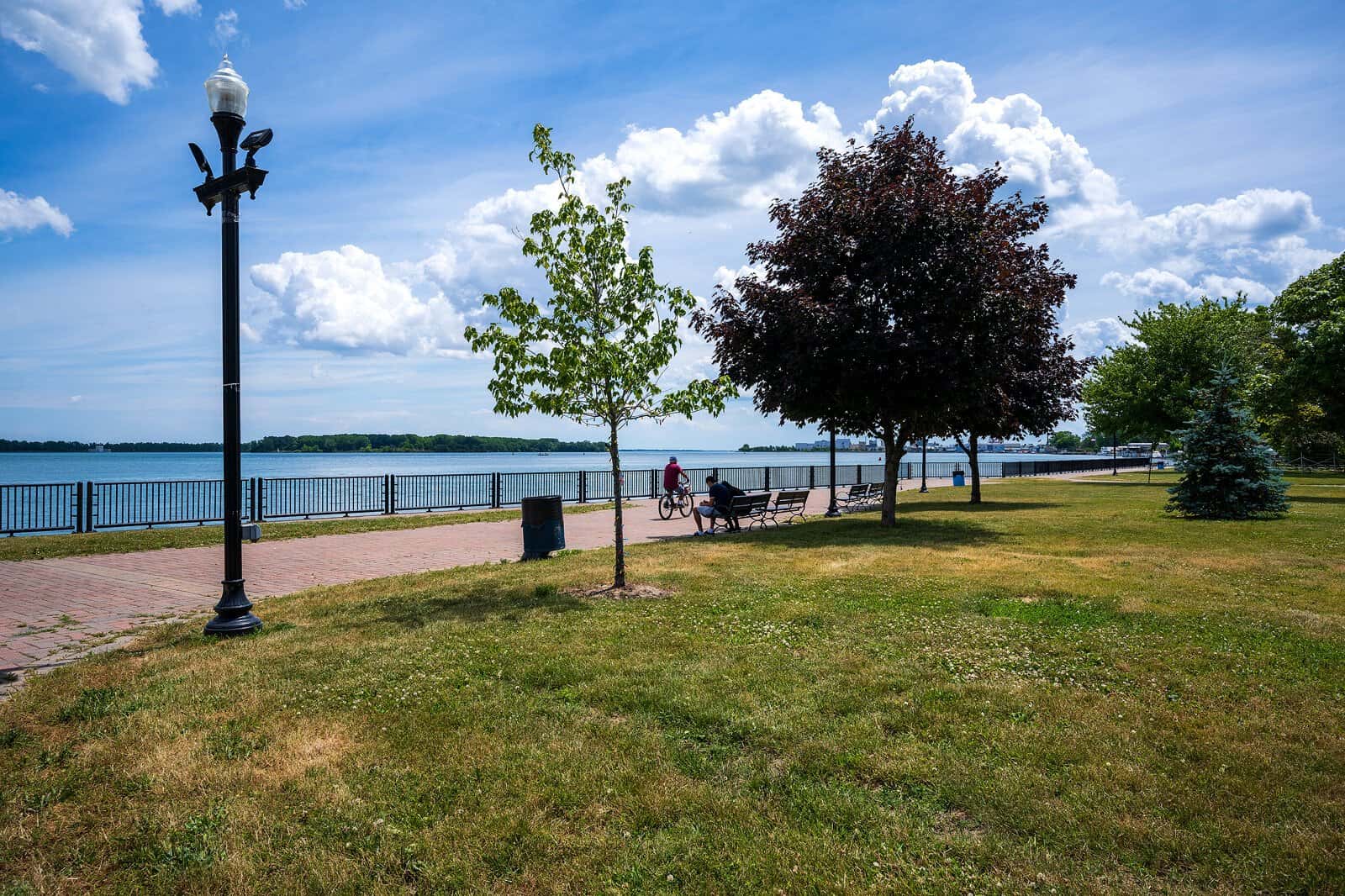
Downriver Linked Greenways – Since 1998, Downriver Linked Greenways has helped to facilitate over 100 miles of water and land trails in the Downriver region of Metropolitan Detroit. The area’s current trail network reaches within a half mile of every home and connects millions of residents across 21 Downriver communities. It includes segments of Michigan’s Iron Belle Trail and Great Lakes Way which connects residents to more than 7,000 acres of parkland.
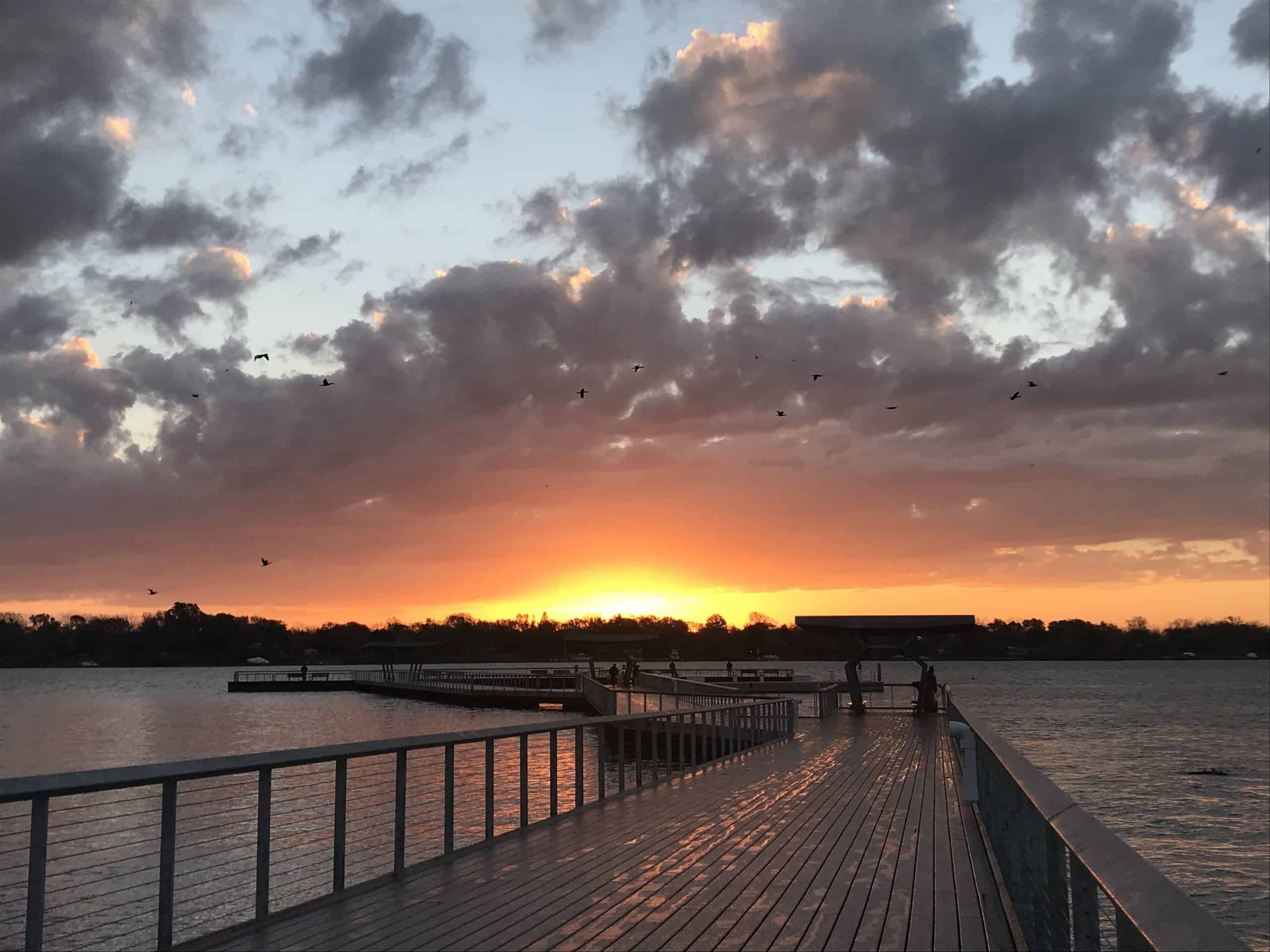
Detroit River International Wildlife Refuge – The Detroit River International Wildlife Refuge Gateway represents a longstanding partnership between the US Fish and Wildlife Service and Wayne County Parks. It is a former industrial brownfield, now cleaned up with restored habitats and recreational areas. In addition to the John D. Dingell Visitor Center and fishing pier, the Refuge Gateway site includes hiking trails, a boardwalk, a kayak launch, picnic areas, a natural play area, connections to the Downriver Linked Greenways trail system, and a SMART bus stop.
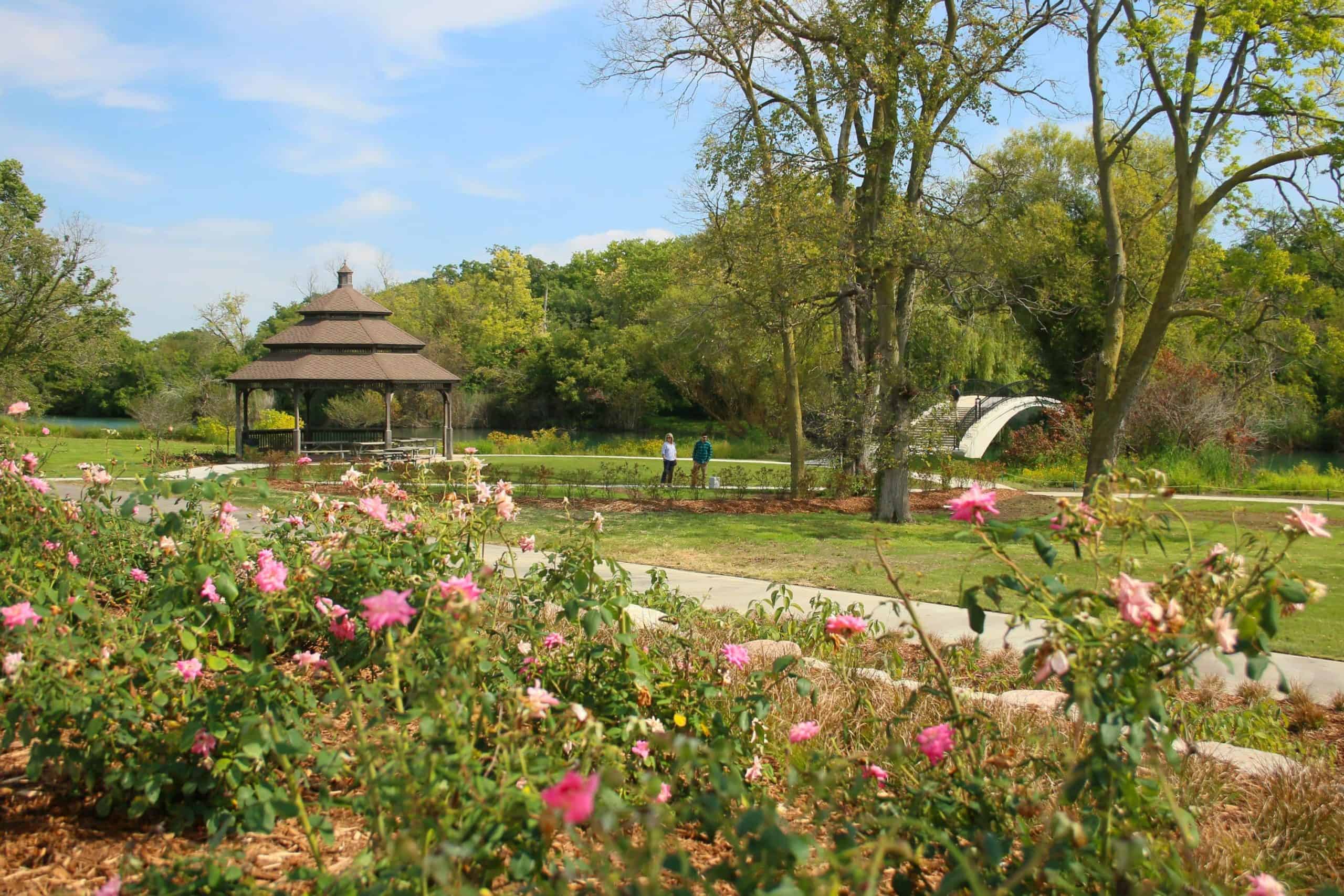
Elizabeth Park – The historic Elizabeth Park is a 162-acre park located in Trenton, Michigan. It is an island in the lower Detroit River with more than 3,500 feet of shoreline. Extensive recreational programming occurs at Elizabeth Park, with more than a million people participating in special events throughout the year. The park is enjoyed daily by anglers, boaters, picnickers, school groups, and scouting programs. Trails within the park provide important connections for the Iron Belle Trail, Great Lakes Way, and Downriver Linked Greenways.
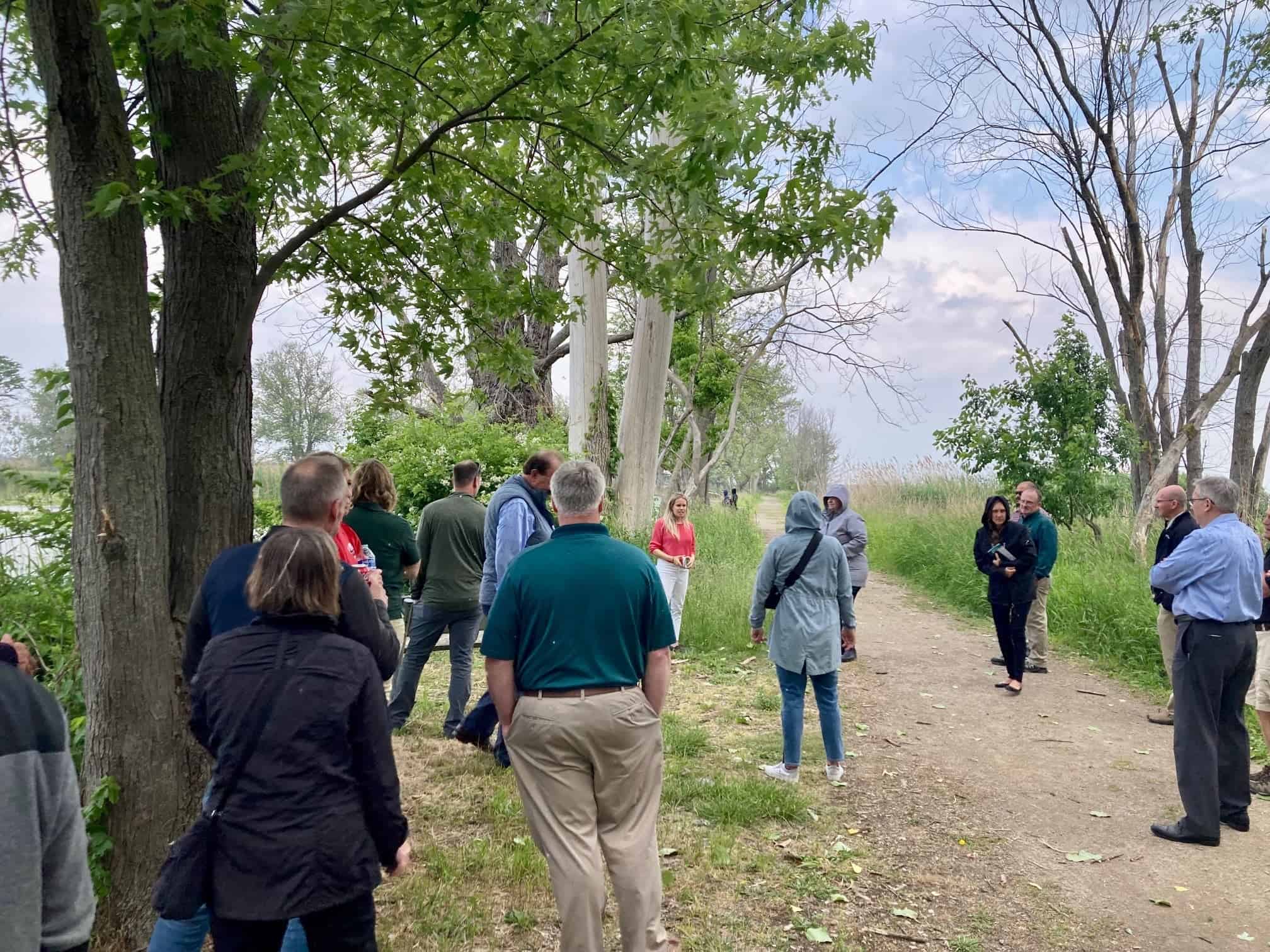
Lake Erie Metropark – Lake Erie Metropark became the tenth Metropark in 1980. It has 3 miles of Great Lakes shoreline, 1,607 acres of land, miles of trails for hiking and biking, an 18-hole golf course, the Marshlands Museum, and a marina. It is the home of “Hawkfest” and some of the best birding and fishing in Southeast Michigan.

Hull’s Trace – Starting in June 1812, troops under the command of General William Hull constructed what became known as “Hull’s Trace,” a 200-mile military road running from Urbana, Ohio, to Fort Detroit. It has been considered Michigan’s first road at the beginning of the settler era. Today, there is a boat ramp and dock on the Huron River near Lake Erie, where the remnants of the original “corduroy road” are visible.
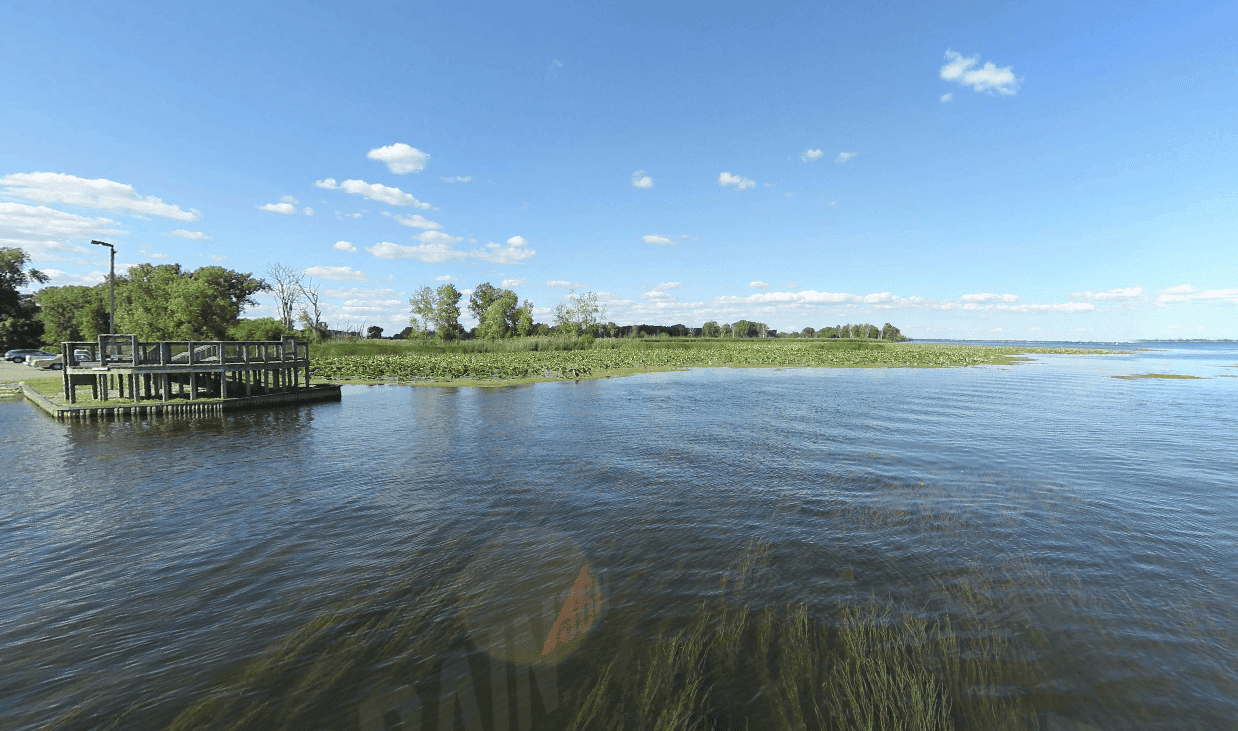
Pointe Mouillee State Game Area – On the western shores of Lake Erie, Pointe Mouillee State Game Area is one of the most respected waterfowl locations in Michigan. Consisting of 4,040 acres, it’s one of the largest freshwater marsh restoration projects in the world. Along with exceptional waterfowl hunting, its numerous bird species, and habitat diversity make it an important birding site in the Midwest.
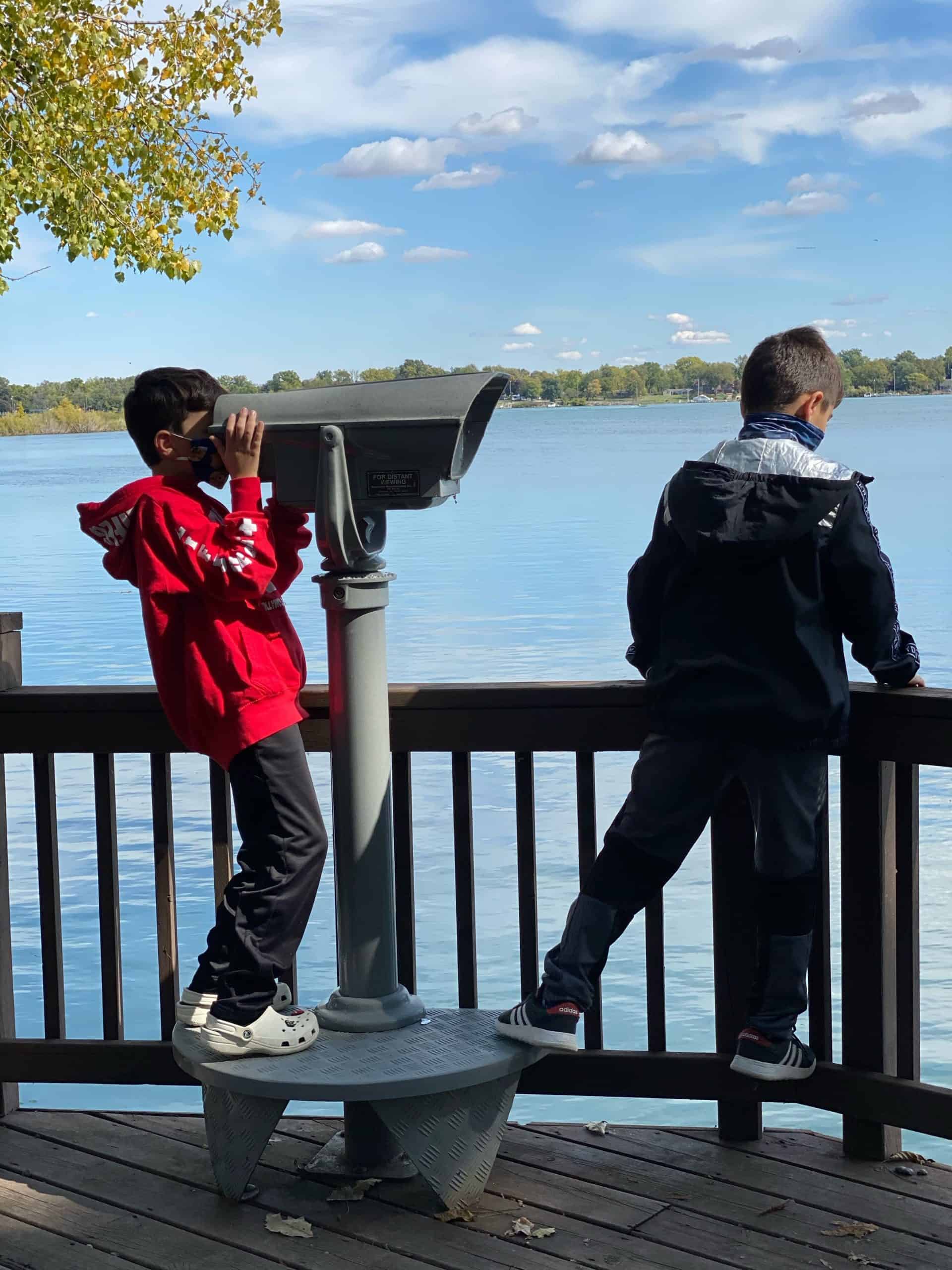
The Great Lakes Way – The Great Lakes Way is an initiative of the Community Foundation for Southeast Michigan, to connect and develop an interconnected set of 156 miles of blueways and 160 miles of greenways stretching from southern Lake Huron through western Lake Erie. The Great Lakes Way builds upon the groundwork laid by others to strengthen and define the greenways and blueways of the Huron to Erie corridor and ensure that people of all ages, abilities, backgrounds, and interests can share in its benefits.
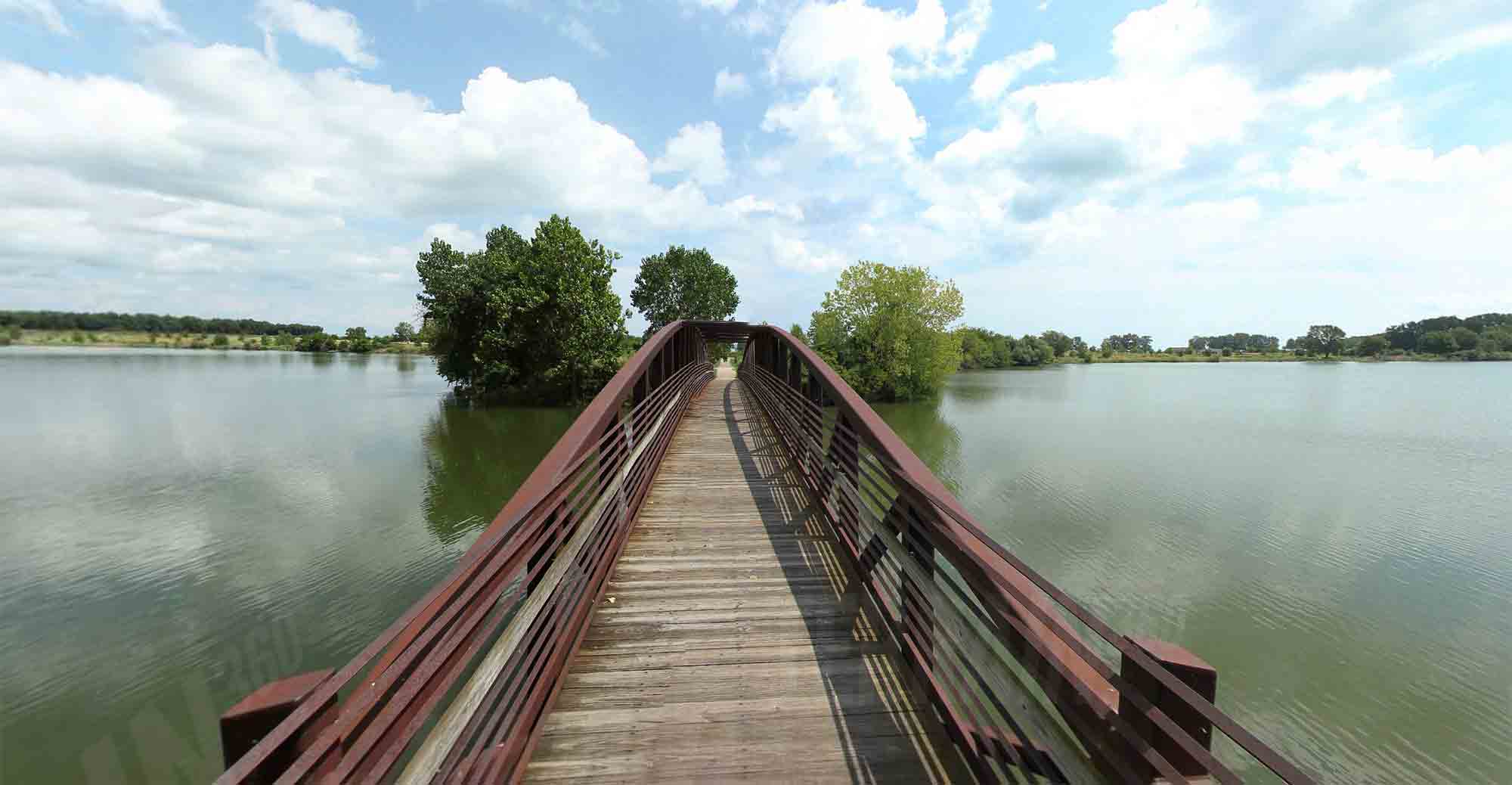
Sterling State Park – William C. Sterling State Park is the only Michigan state park on Lake Erie, located near Monroe and the Ohio border. The park is situated along one mile of sandy shoreline and is home to a modern campground, full-amenity cottages, a boating access site, trails, and more. The park protects more than 500 acres of Great Lakes marsh and restored lakeplain prairie habitat and is well known for its access to walleye and perch fisheries. The River Raisin Heritage Trail connects the park to downtown Monroe, local parks and trails, and the River Raisin National Battlefield Park.
SEMCOG worked with a team of regional partners to host this tour, including leaders from the City of Monroe, Monroe County, Wayne County Parks, Six Rivers Land Conservancy, Community Foundation for Southeast Michigan, Destination Downriver, Downriver Linked Greenways, Huron-Clinton Metroparks, mParks, Michigan State University (MSU) Extension, National Park Service, and US Fish and Wildlife Service. The event was generously sponsored by the River Raisin National Battlefield Foundation (including representatives of DTE Energy, La-Z-Boy, ProMedica, and the Wyandot of Anderdon Nation), Ducks Unlimited, Oakland County Parks, The Nature Conservancy, The Conservation Fund, and The Youth Connection.
SEMCOG has helped to plan similar tours when the Trust Fund Board holds their meetings in our region – previously in Detroit and Port Huron. We are always happy to connect regional partners and funding entities, and welcome future opportunities to showcase different aspects and areas of Southeast Michigan.

Leave a Reply